April 10, 2018
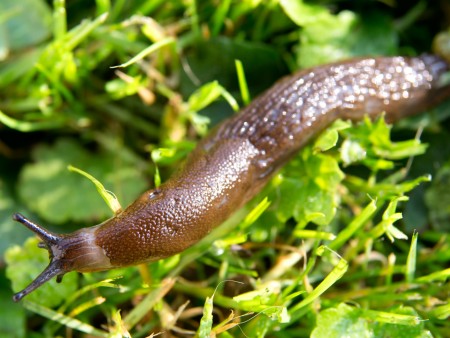
By Winfield United Agronomists
Check out what Winfield United Agronomists found in the fields by the state in this breakdown. For more advice on what to do in 2018, check out what Midwest agronomists have to say in Corn and soybean insect, disease review.
Illinois
Insects
Slugs were the most troublesome insect for Illinois farmers in 2017, says Sara Smelser. They were especially common in high-residue no-till corn, but farmers who planted early dodged the worst of the infestation.
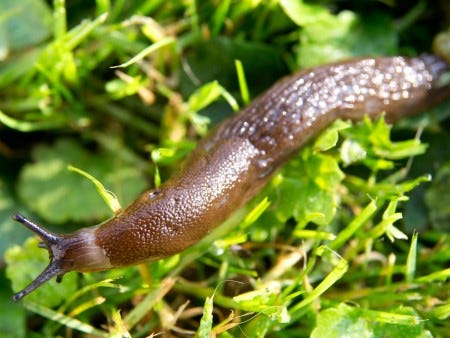
Photo courtesy Ohio State University
Diseases
In terms of diseases, Smelser says she saw the usual pressures in Illinois this year. Fusarium, southern rust, common rust and gray leaf spot were common in corn, while frogeye leaf spot was spotted in soybeans.
Indiana
Insects
Slugs were a major issue in corn and soybeans this year, says Glenn Longabaugh. While not technically an insect, these pests were incessant. Reduced-till and no-till environments, along with cover crop areas, experienced the worst of the infestation. Both corn and soybean fields with high residue volumes proved to be havens for slugs, which use residue for harboring.
Longabaugh observed worsening pest problems in soybeans this year. Bean leaf beetles, Japanese beetles, green clover worms and dectes stem borers all infested soybean plants, but the one pest he really dreaded seeing was stink bugs. Because they actively feed on developing seeds within the pods, they are capable of causing the most damage and open up the plant to increased diseases.
Diseases
The earliest disease Longabaugh saw in corn was seedling blight, which was followed by crown rot in many plants. Soybeans also got off to a rough start with seedling diseases. In-season northern Indiana experienced white mold pressure, and the southern half of the state had issues with frogeye leaf spot.
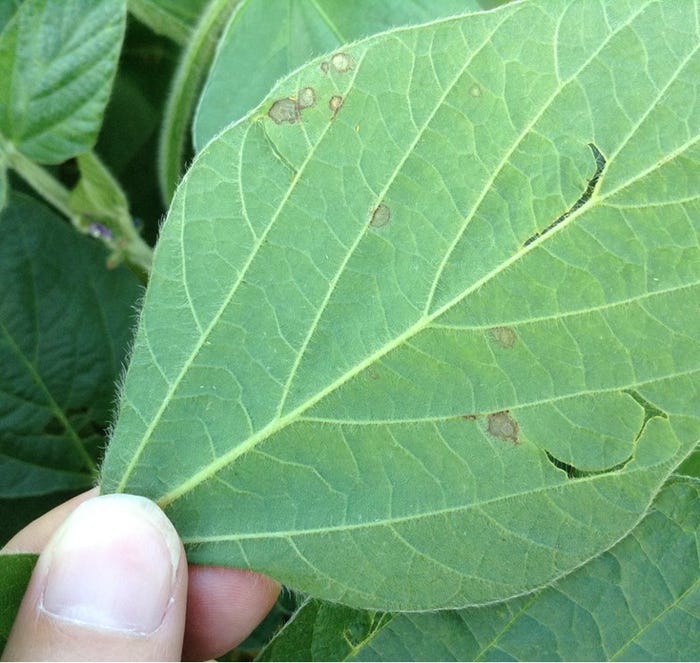
<p>Frogeye leaf spot on soybean.</p>
Iowa
Insects
Japanese beetles continue to be a major problem in Iowa for both corn and soybeans, says agronomist Tyler Steinkamp.
Diseases
Corn didn’t see much notable disease pressure this year. However, Steinkamp is concerned about the threat of Sudden Death Syndrome (SDS) in soybeans for 2018.
Michigan
Insects
There weren’t many widespread insect problems in Michigan in 2017, but there were pockets of the state that experienced western bean cutworm in cornfields, says agronomist Jason Roth. Stink bug is also becoming more prevalent and moving farther north, he adds.
Diseases
Some farmers saw fusarium stalk rot in corn this season, which was exacerbated by droughty conditions and resulted in downed corn plants during harvest.
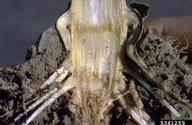
Minnesota
Diseases
White mold was the most devastating disease to hit soybean fields in west central Minnesota in 2017, says Mark Glady, regional agronomist. We had the right environment for infection in the late June/early July timeframe along with cool and wet weather throughout August. Iron deficiency chlorosis (IDC) was another disease farmers battled, though it was not as widespread as white mold.
Some cornfields suffered late-season stalk rot, which caused standability issues toward harvest, says Glady. Wind, cold and wet conditions caused above-average lodging, but corn yields were above average, with many farmers pulling in more than 220-bushel-per-acre farm averages, he says. Goss’s wilt and northern corn leaf blight were present but did not cause widespread problems.
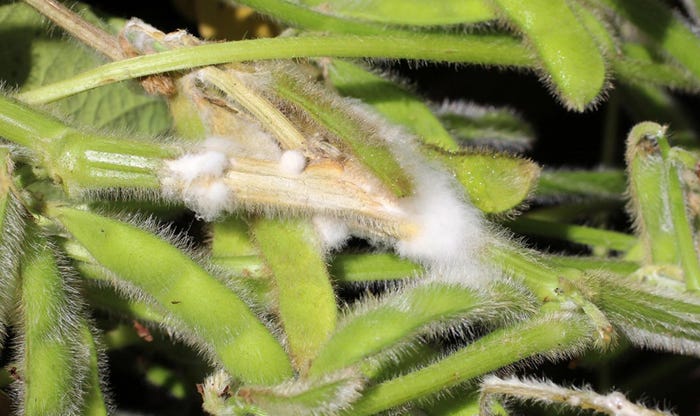
Insects
Corn leaf aphids, which are present to some extent every year, flourished late in the season, says Glady. The insects do not cause yield-limiting damage when they come in late, so a spray application was not warranted.
There was very little corn rootworm feeding in 2017, he notes. He believes economics have caused some farmers to move away from planting corn rootworm-traited seed. It has been four or five years since Minnesota farmers have seen substantial pressure from corn rootworm, and Glady feels the stage is being set for a corn rootworm comeback. Farmers shouldn’t forget the corn rootworm threat is still in the field; we just haven’t had an environment that allows a large percentage of the eggs to hatch, survive and feed on corn roots. He advises farmers to manage corn rootworm through corn rootworm-traited seed or with a soil-applied insecticide application.
On the soybean side, it was a moderate year for soybean aphids. A number of farmers nearly met the 250-aphids-per-plant threshold for treating fields but chose not to spray because of economics; some experienced a slight yield loss, says Glady.
Ohio
Insects
Japanese beetles were a prominent insect battled by Ohio farmers in 2017, and pyrethroid insecticides were the primary method used to combat them, says Joe Rickard, regional agronomist. Ample rain was received at the beginning of the season, but then the weather turned dry, which helped nurture insect populations. Farmers can help stay ahead of insect threats in 2018 through diligent scouting, Rickard notes.
Diseases
As far as diseases, gray leaf spot continued to be an issue in corn, and Rickard did observe sudden death syndrome (SDS) in a number of soybean fields. Some farmers sprayed a fungicide to manage diseases, while others did not. Farmers whose soybeans had experienced SDS in previous years used seed treatments to help alleviate the problem, he says. As in weed and insect control, timely scouting also can have a huge effect on successful disease management.
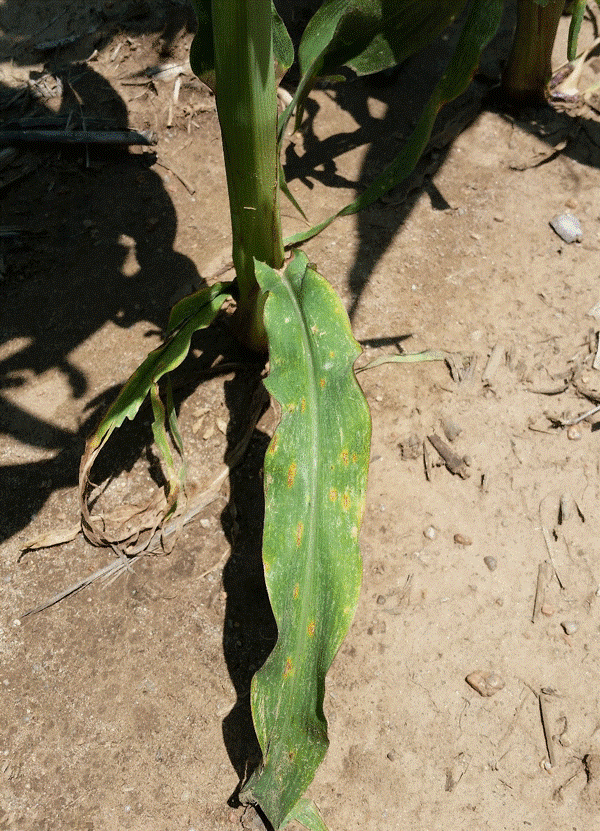
South Dakota
Insects
There were plenty of minor insect pressures in South Dakota this year, says agronomist Kyle Gustafson. Corn rootworm and spider mites were the main pests in corn, and spider mites were the primary pest in soybeans. Areas around the state experienced localized pressures from bean leaf beetles and aphids. Winds from the south brought up thistle caterpillars later in the summer. The dry summer enabled farmers to proactively identify insect pressures. Spider mites and corn rootworm were easier to scout for.
Diseases
Goss’s wilt in corn and white mold in soybeans were the biggest disease pressures in 2017. Hot, dry weather in June accentuated cyst nematode pressure in soybeans; and cool, wet weather in August favored white mold development. Early in the season, Gustafson spoke with farmers about making fungicide applications to help with white mold; but Goss’s wilt, soybean cyst nematode and white mold should be controlled with proper hybrid or variety selection.
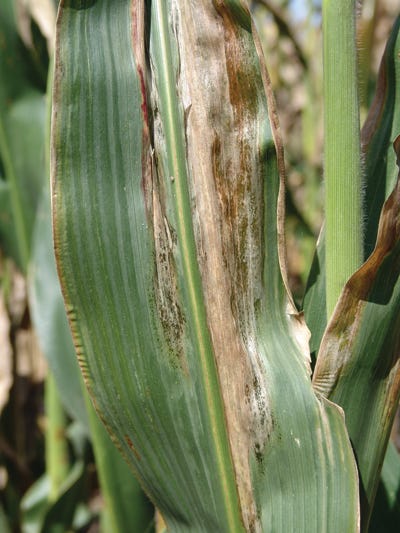
In localized areas, SCN and SDS were found, and many of the soybeans did not have resistance to either. It is very important to consider all agronomy traits when selecting soybean varieties. Farmers should select a variety based on all of their agronomy needs, not simply the herbicide trait package, Gustafson notes.
Wisconsin
Insects
According to agronomist Jon Zuk, 2017 wasn’t a tough insect year in Wisconsin. Aphids favor dry, sunny conditions, so the cool and rainy August lessened aphid pressure. Spring conditions were favorable for corn rootworms, however. Usually heavy spring rains would drown out the larvae, but this spring wasn’t as wet as previous years. As a result, the larvae grew to maturity infesting corn roots. Fortunately, a rainy fall season was conducive to root regrowth and many of the corn crops were able to recover.
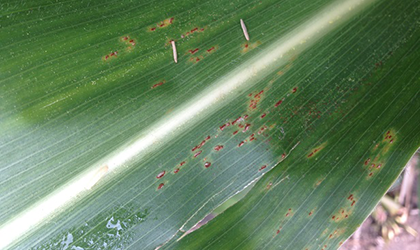
Diseases
The biggest disease pressure in corn this year was common rust. Zuk also saw some northern corn leaf blight and gray leaf spot. At one Answer Plot location in Wisconsin, he observed tar spot, which is a fungal leaf disease typically seen in the South. The disease wasn’t detrimental to the corn in this case as it was found very late in the season and it wasn’t seen outside of the Answer Plot location.
You May Also Like




